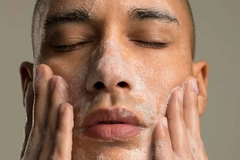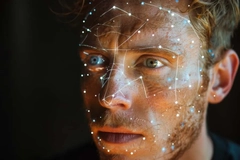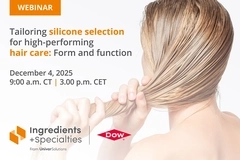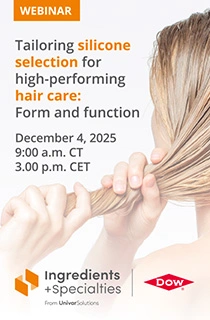Haut.AI brings professional skin care advice to the masses with new face analysis tool
Key takeaways
- Haut.AI launches Face Analysis 3.0, an AI tool that delivers clinical-grade skin insights using smartphone selfies.
- The system analyzes 29 skin parameters, supports standardized dermatology scoring, and integrates tools for consistent, high-quality image capture.
- Designed for brands, dermatologists, and researchers, the platform offers data-driven personalization, product testing, and privacy-safe AI.
Haut.AI has introduced Face Analysis 3.0, its most advanced skin assessment system to date, to bring clinical-grade skin insights to everyone. The company explains that what used to require expensive lab equipment and expert knowledge can now be done with a photo.
The new tool aims to give everyday insights to brands, dermatologists, and everyday users.
Rather than informing about skin concerns, such as wrinkles, the Face Analysis 3.0 “breaks them down.” It helps to distinguish between deep wrinkles and fine lines, freckles and sunspots, as well as other skin imperfections.
“Until now, clinical-level skin analysis required specialized equipment and lab conditions. With Face Analysis 3.0 and our Live Image Quality Assurance system (LIQA) technology for capturing standardized selfies, we’ve made it as simple as taking a picture on your phone,” says Anastasia Georgievskaya, CEO and co-founder of Haut.AI.
“That shift, from hardware-bound precision to universal accessibility, is what makes this launch transformative.”
Global accessibility
The tool features 29 skin parameters that translate into detailed, science-backed insights, supporting product development for manufacturers and informing skin care choices for consumers.
It features a LIQA system that ensures accuracy, regardless of whether the image is captured with a professional studio camera or a regular smartphone. It does so by helping users with properly positioned selfies and high-quality, well-lit images.
The company says its Face180° technology uses three angles, left, right, and straight, merging them into one image for a unified analysis of the face. This enables 30% more reliable and consistent analyses, eliminating blind spots.
“Face Analysis 3.0 was built to meet clinical research standards. The system translates its findings into standardized dermatology scores, making it easier for labs, skin care brands, and even doctors to compare data consistently across studies or product tests,” says Haut.AI.
For brands, the tool may provide better product matching and credibility. For consumers, it allows for a more detailed overview of the location and an exact count of acne spots, rather than just a vague score.
Haut.AI notes that the pictures from consumers are processed through the company’s patented Atlas technology, which strips away identifying features while retaining the essential data. It also accounts for shadows and camera filters by automatically adjusting lighting and color.
“Face Analysis 3.0 isn’t just an upgrade, it’s a universal platform for precise, explainable, and ethical AI in beauty,” concludes Georgievskaya.
Earlier this year, the company launched an AI-powered skin care consultant that helps brands capture first-party consumer insights, close product and strategy gaps, and boost e-commerce performance. The scientifically-backed chatbot guides shoppers with tailored skin care advice.














